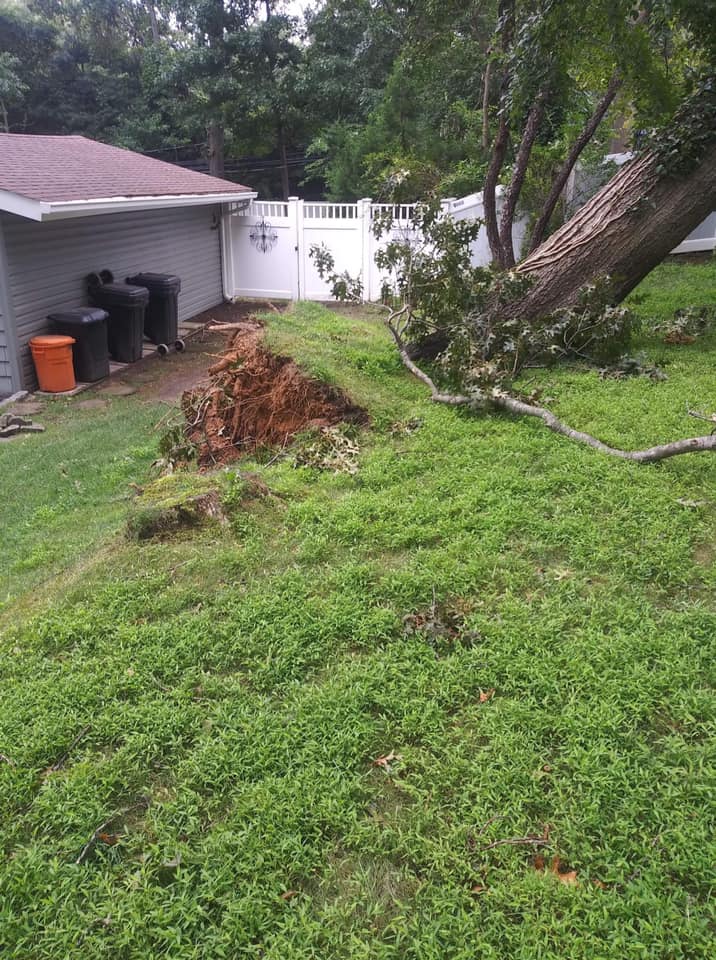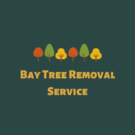Deep Fertilization

Generally, well-established trees do not need fertilizer, as they absorb some of the fertilizers applied to the lawn and neighboring flowerbeds. Trees that have been damaged by weather, a pest or disease are an exception to this rule. These must in fact be fertilized the year following the damage with a predominantly nitrogenous fertilizer (2-1-1 ratio). This fertilizer should be applied in the spring, just before bud break. You can also choose to fertilize them the year of the damage with a fertilizer richer in potassium than in nitrogen and phosphorus (ratio 1-2-3). In this case, the fertilizer should be applied in the fall, when the leaves change color.
Fertilization of shrubs
Like trees, well-established shrubs do not need fertilizer, as they absorb some of the fertilizer applied to the lawn and surrounding flower beds. One application of compost or composted manure every three to five years is sufficient to meet their needs. If the soil is rich enough, one can simply apply a rapidly decomposing mulch.
Shrubs damaged by weather, a pest or disease, as well as those which are rejuvenated regularly, benefit from an application of predominantly nitrogen fertilizer (2-1-1 ratio) just before bud break. You can also choose to fertilize them in the fall with a fertilizer richer in potassium than in nitrogen and phosphorus (ratio 1-2-3). These fertilizers should be applied in the year of the damage or the year after the damage.
Advantages
There are many advantages to regularly fertilizing an urban tree. Fertilization provides plants with an additional source of nutrients necessary for their growth. The texture and structure of the soil are very different in the city than in the forest. By collecting our leaves on our land and draining the water to the sewers, we deplete the soil of essential nutrients for the tree. The major elements of fertilization are:
– Nitrogen (N): Ensures the growth and vigor of plant foliage. Unfortunately it is often the most missing element in tree nutrition. Nitrogen should not be applied during hardening. However, it can be applied after the leaves have fallen because the roots remain active.
– Phosphorus (P): Ensures the development of the root system in addition to stimulating flowering and fruiting. Phosphorus also helps plants to acquire good maturity and at the same time to provide them with good resistance against disease and cold.
– Potash (K): Provides rigidity to the rods by improving the quality of the wood fibers. It plays a major role in the hardening mechanism of plants and resistance to stresses such as excessive temperatures and disease.
Proper fertilization helps recently planted trees grow faster. It gives it a greener and denser foliage. Trees treated annually are much more vigorous. They are more resistant to extreme weather changes, insects, and disease. Fertilization also allows plants to produce more roots, helping them to absorb water and nutrients from the soil.
What is the ideal period for fertilizing my trees?
It is recommended that trees be fertilized in the spring and fall. It is not advisable to carry out a heavy nitrogen fertilization between the middle of July and the period of leaf fall. The trees must be left to do their hardening to harden before winter. The ideal time is early fall after foliage has fallen, when the ground is not yet frozen. These ideal conditions allow the root system to absorb nutrients from the soil.
Bay Tree Removal Service offers a tree fertilization service. Fertilizers are applied by injection into the soil, by spraying on the foliage or by implantation directly into the trunk of the tree. This service can be useful in the case of severely damaged or diseased specimens.
